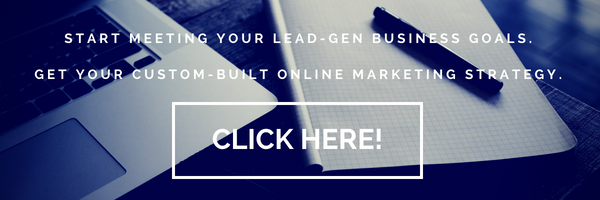
What if you could make work, sales, and learning more interesting by turning it into a game? That’s the concept behind gamification. According to the Merriam-Webster Dictionary definition, gamification is “the process of adding games or game-like elements to something (such as a task) so as to encourage participation.”
What they don’t mention is that it’s also a powerful B2B marketing tactic.
When leveraged appropriately for marketing, gamification can create a dynamic and exciting environment that generates engagement, solves problems, and encourages customer loyalty.
The key is to use it in ways that make sense for motivating customers, including goal setting, competition, real-time feedback, and more.
Why Should B2Bs Use Gamification Techniques?
Mostly, you see gamification implemented in B2C marketing, but it can work just as well for B2B. Business customers can be equally interested in game-like marketing—as long as you use gamification techniques that are personalized for your audience. Here are a few reasons why B2Bs should use gamification:
Generate Leads
Gamifying your content can not only help to attract and engage users, it’s also an effective way to capture leads. If your content can deliver access to pertinent or useful information (like quiz results or a product discount), they’re much more likely to divulge their contact information.
Plus, B2Bs can incentivize their current customers to leave reviews and make referrals — another great way to capture and nurture leads.
Improve Customer Experience
Gamification is all about the user and providing them with an enjoyable experience that doesn’t feel like they’re being sold something. For example, interactive quizzes are much more entertaining than simply filling out a form. The same can be said for a community forum, where users can be incentivized for helping other members with an “Expert” status badge.
Encourage Customer Loyalty
Providing your customers with incentives or rewards for performing certain tasks will not only delight them, but it will keep them coming back for more. Not to mention, with an incentive to continually interact with your brand, you’ve improved the odds of positive word-of-mouth marketing.
It is clear that gamification can be highly beneficial for B2B companies, but how can you go about implementing it?
Here are 3 ways:
1. Determine A Reward
No matter if you’re a business or a consumer, rewards are desired and helpful. The question is, what meaningful reward would your customers enjoy and you want to offer? There are a range of reward options, and each can be successful depending on your business.
A few options include:
- Discounts on additional products or an upgrade of your existing product.
- Access to exclusive content.
- VIP status at events or invites to limited-entry events.
- Face time with executives in one-on-one settings.
The key to success is determining what type of reward will encourage the behavior you want. For example, the discount reward would be most appropriate when trying to encourage additional sales, but won’t work as effectively for encouraging user engagement on your blog. It’s important to match the reward to your goal.
2. Drive Community Engagement
If you have a community of users online, you can unify them and motivate them to perform certain tasks through gamification. There is a reason why some of the most popular online community games have millions of users. You can encourage similar engagement with your customers, even as a B2B company.
For example, SAP has a community page on their website with millions of users including employees, and corporate customers. Any member of the community can participate in blogs, Q&A, forums, a wiki page, social media, and more. The forums are particularly popular and allow users to find information about SAP products and services from official sources—such as the company—and from each other. This means that many questions and answers actually go from customer-to-customer, lessening the workload of SAP’s corporate team.
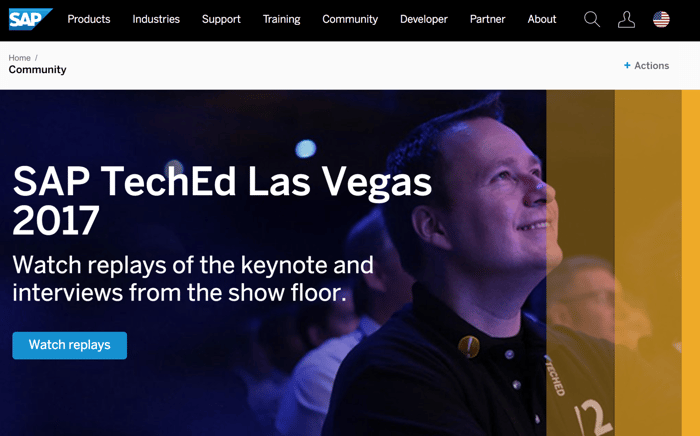
To add gamification to this community, SAP watched how users help each other and answer questions, eventually rewarding highly active and helpful users with an “expert” status in different areas. The expert badge allows users to get to special areas of the online community and provides them with a certain amount of status and trustworthiness when helping others.
This intrinsic reward motivates more interaction and engagement in the SAP community because there is a benefit for the user. You can do something similar for your business by matching a reward to comments on your blog, engagement in a community forum, or interaction on your social media pages.
3. Gamify Your Sales Funnel
Your marketing strategy often starts with your website, and that’s where B2B gamification should start as well. Most B2B firms have a very specific sales funnel that follows a progression of steps. By gamifying your website, you can help drive leads through each step until they reach the bottom of the funnel.
For example, let’s say you’re an enterprise software company and your eventual goal is to get a lead to purchase your software, or at least sign up for a free trial. Jumping right to the end isn’t how your sales funnel works, so you shouldn’t attempt it with your website either. Instead, you can set up a series of interactive steps to reach the end.
The first step for your qualified sales lead could be to download a white paper with statistics about your industry or on a topic that is relevant to their business, like this landing page from Oracle. From there, your website could offer a product video, which concludes with a quiz. Then, maybe your lead has to enter their email for a free trial.
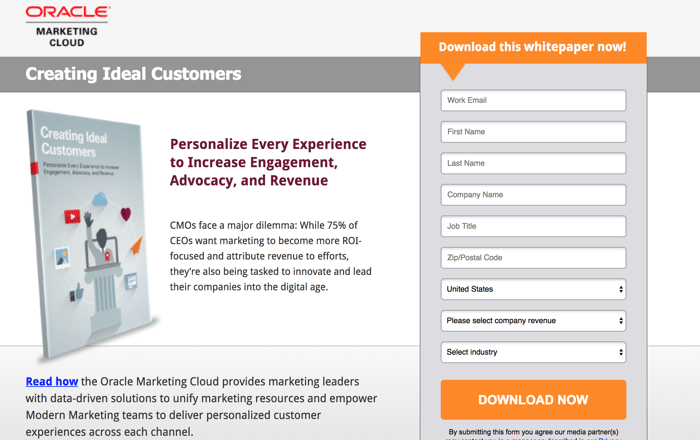
With multiple steps/missions, you drive your lead through the process in a game-like atmosphere. And you can make this even more effective by offering rewards at each step.
For example, after downloading the whitepaper, maybe the lead is entered into a drawing for a chance to win a product add-on. On the quiz, you could reveal the top respondents’ companies each week to encourage interaction. Whatever you do, if there’s a reward for each step, then it will be even more likely that the customer will follow the sales funnel.
Gamification Tools
There are many excellent gamification tools and platforms that can help you build anything from a VIP program to badges. Here a few of the top platforms:
Influitive
Tailored to the needs of B2B marketers, influitive helps to create custom rewards programs and incentives to users for completing reviews and referrals. Through a unique mix of personalization and game design, Influitive makes advocating for your brand fun.
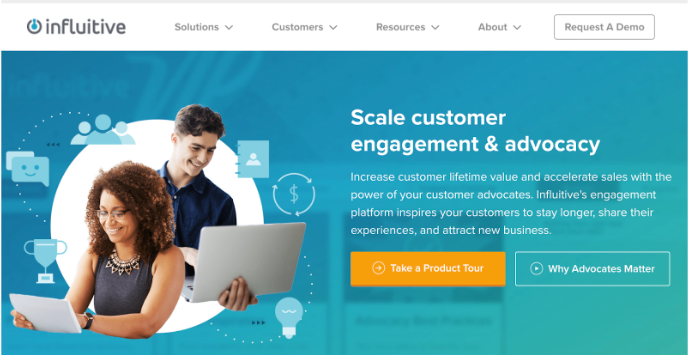
NextBee
NextBee is another gamification platform that specializes in SaaS marketing and B2B sales. It was designed to increase brand loyalty, encourage customer referrals and increase lead generation with engaging referral programs.
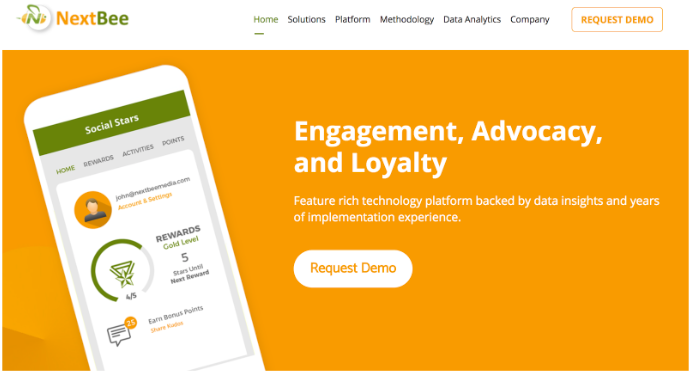
BunchBall
Using the BunchBall platform, companies can create branded challenge-based activities on websites and social networks. Game mechanics are added to digital experiences to motivate visitors with achievements, recognitions, and rewards.
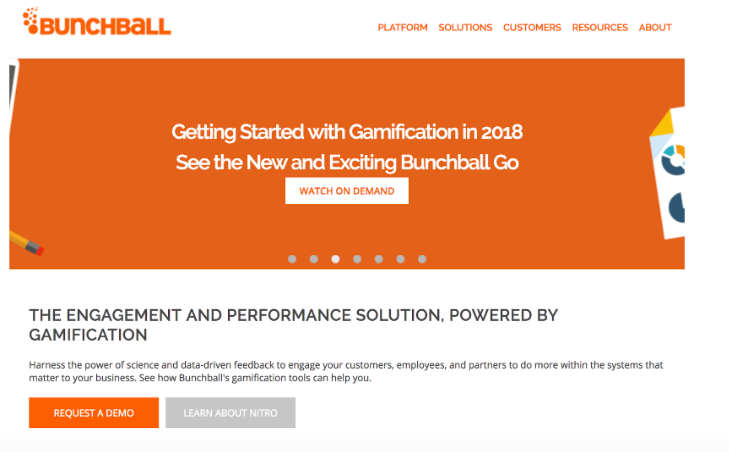
B2B Gamification can be a valuable marketing strategy to encourage sales, engagement, and real-time feedback from your customers. The key is not to overdo it. Gamifying everything all the time can wear on your customers—similar to how users get tired of playing smartphone games after some time. Instead, use gamification intelligently and over short time periods to keep your content fresh, your visitors engaged, and increase conversions. Find the gamification techniques that work for your audience and build on those results.
Contact KeyScouts for a free consultation on how you can improve your B2B marketing strategy.



